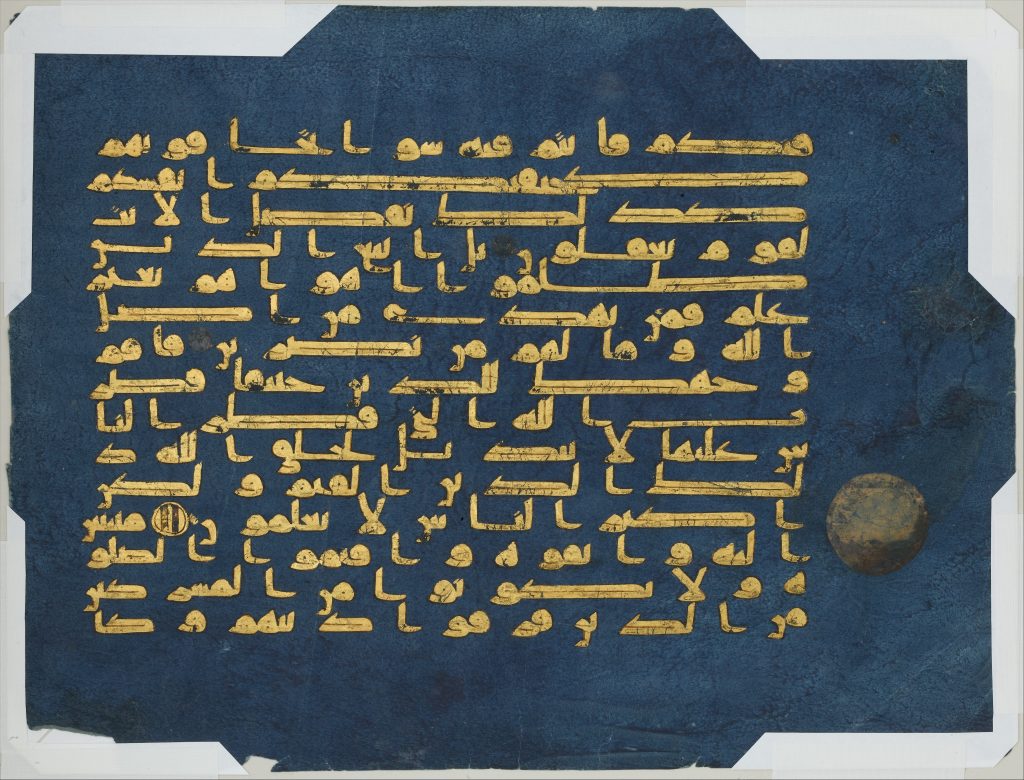


Bothmer left Ṣan'ā' in the following year, but continued to run the project from Germany, traveling to the site almost every year.īeginning in 1982, Ursula Dreibholz served as the conservator for this project, and worked full-time in Ṣan'ā' until the end of 1989. His involvement came to an end in 1985, when Hans-Caspar Graf von Bothmer (University of Saarland) took over as the local director. Puin ( University of Saarland) was the director beginning with 1981. Work on the ground began in 1981 and continued through the end of 1989, when the project terminated with the end of funding. Albrecht Noth ( University of Hamburg) was the director of the project. None is complete and many contain only a few folios apiece. All of them, except 1500–2000 fragments, were assigned to 926 distinct Quranic manuscripts as of 1997. The find includes 12,000 Quranic parchment fragments. It was funded by the Cultural Section of the German Foreign Ministry. Restoration of the fragments began in 1980 under the supervision of the Yemeni Department for Antiquities. The preserved fragments comprise Quranic and non-Quranic material.

Al-Akwa' sought international assistance in examining and preserving the fragments, and in 1979 managed to interest a visiting German scholar, who in turn persuaded the West German government to organize and fund a restoration project. Qadhi Isma'il al-Akwa', then the president of the Yemeni Antiquities Authority, realized the potential importance of the find. Not realizing their significance, the workers gathered up the documents, packed them away into some twenty potato sacks, and left them on the staircase of one of the mosque's minarets. In 1972, construction workers renovating a wall in the attic of the Great Mosque of Sana'a in Yemen came across large quantities of old manuscripts and parchments, many of which were deteriorated.


 0 kommentar(er)
0 kommentar(er)
